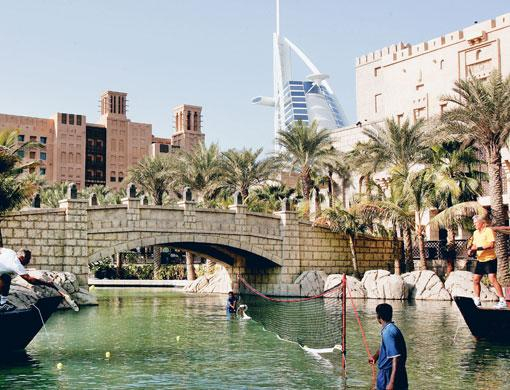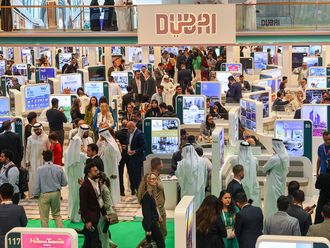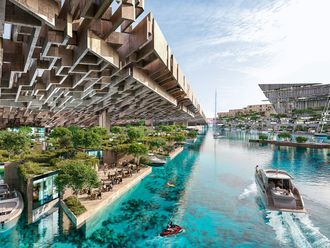
Dubai: Hotel rates in Dubai have gotten cheaper as hoteliers seek to lure in more guests amid a slowdown, but a silver lining is beginning to peek through for the local hospitality industry.
The latest monthly report by Ernst & Young (EY) showed that the average daily rate (ADR) in Dubai dropped by 8.6 per cent in November compared to a year earlier. This resulted in a decline in hotel profitability, with the revenue per average Room (RevPAR) falling by 3.6 per cent.
Tourists from key source markets, such as Russia and China had earlier fallen, as the decline in oil prices, coupled with the rise in the US dollar, dampened the purchasing power of visitors. The industry also saw some job cuts and hiring freezes, as low demand put pressure on revenues.
However, the launch of a series of high-profile developments, such as the world’s largest indoor theme park, the IMG Worlds of Adventure; the Dubai Parks and Resorts that feature Legoland, Bollywood Parks and Hollywood-inspired Motiongate and the Dubai Canal are attracting interest from visitors.
Despite the decline in prices, the local hospitality market emerged in November as the top performer in the whole Middle East and North Africa (Mena) region, with overall occupancy rates reaching 89.5 per cent, up from 84.8 per cent in the same period in 2015.
“November and December are primarily busy months with a lot of businesses to capture in the market, in conjunction with the launch of IMG, theme parks and the airlines dropping their prices are playing a big role for this increase,” according to Millennium Plaza hotel.
The recent uptick in occupancy may have also something to do with the Big 5 exhibition, the largest construction exhibition in the Middle East that took place in the emirate in the same month, and the increased influx of tourists from China, according to EY.
“Compared to last year, Dubai witnessed a positive increase in occupancy from 84.4 per cent in November 2015 to 89.5 per cent in November 2016, which could be ascribed to the Big 5 exhibition,” said Yousef Wahbah, head of transaction real estate for the Middle East and North Africa region.
Abu Dhabi likewise maintained stable occupancy during the same period, mainly due to the number of visitors who went to the capital for the Formula 1 event. “[This allows] hotels to keep their occupancy afloat with no change to last year’s 84.0 per cent.”
In Ras Al Khaimah where a number of new properties have mushroomed, occupancy dropped by 1.6 per cent year-on-year. However, a 2.6 per cent increase in average daily room rate resulted in a modest year-on-year increase of 0.5 per cent.












